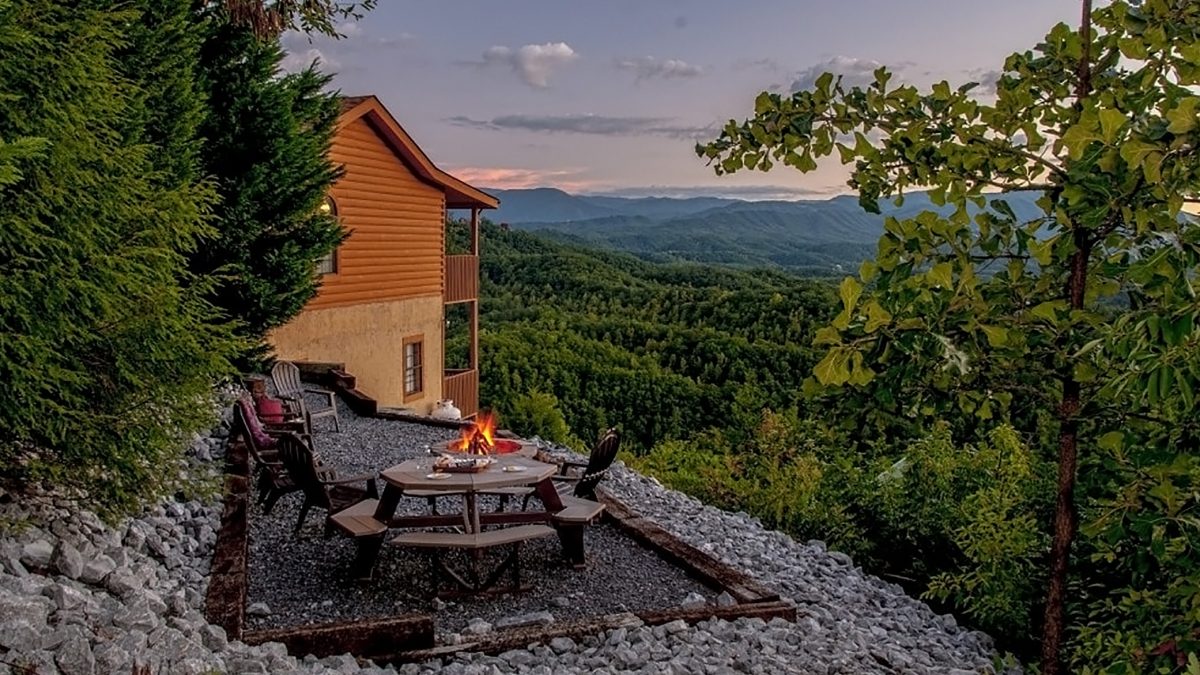
What to do after a Storm if there is Damage
August 4, 2023
How do I clean raw sewage in my basement?
July 24, 2025For most of us, Winter begins with holiday celebrations, bright lights, Winter Wonderlands, cookies, cocoa and all the nostalgia the years have brought us up to… but by the end of the holiday season and year in total, we still have two and a half more months of Winter weather. In-between the parties and gift shopping and Bing Crosby, most of us are too busy to do the household preparations for the colder months that would keep our house warmer, drier and costing us less in electricity bills – but we need to do them anyway for our best energy efficiency and to keep house frames and fixtures from corroding earlier as well.
In this blog, we’ll share our recommended list of chores you should be doing right now to have your house cost you less to heat and have you less cold in-between the HVAC going on. Let’s begin:
* Seal The Windows
Surprise, surprise – the biggest cause of heat leaking out of the house are the windows. It’s easier to tell when a door is open and leaking cold air in and warm air out, but windows aren’t always as obvious. They have seals that can break, springs and setups that can slowly open windows after use, as well as being single-pane windows that have been replaced with better grade window technology. Check your windows, replace the sealing if needed, and consider upgrading to low-e storm windows.
* Themostat Regulation
Despite recent advances in thermostat technology, many of us have not upgraded with the times and still maintain a “set it and forget it” mentality for the thermostat. To get the best out of your energy use, set them as low as you can tolerate, variate the temperature according to how warm it will be that day or week, and consider a modern, programmable thermostat that can automate accordingly.
* Fireplace Maintenance
For houses that have fireplaces, there are several maintenance tasks to do as seasons change. Creosotes from burning materials build up in the structure and need to be cleaned and the flue needs to be closed when not in use – not just to prevent cold air from coming in, but also animals that would find that a worthy opportunity to seek a warmer environment (it happens more often than you think). We recommend having a professional chimney maintenance person servicing your fireplace within the first 2 weeks of October each year.
* Doors
Like the windows but more obvious, check your doors for any cracks in the seals or otherwise that can lead to warm air leaking out and cold air leaking in. A door sweep can also help to those ends.
* Drapes/Blinds
On a sunny day, pull the drapes out and open the blinds to let the natural sunlight help warm the house; then close them after it gets dark again. This can also help insulate the warm sun energy for a little while.
* Check The Vents
If you know there are rooms you will be using less in the Winter, close those vents off entirely. The vents you keep open should be checked for corroding and obstruction leading to the warm air you’re paying for not getting into the rooms you’re using properly.
* Reverse the Ceiling Fans
Here’s a not-well-known fact: reversing the ceiling fans to go counter clockwise can make the warm air that has risen to the top of the house come back DOWN to your living space! That’s just the science of how fans and air work and it can be used to your advantage.
* Obviously Blankets and Good Circulation
We’re all guilty of it, but we need to keep ourselves dressed appropriately for Winter – a sweater and some long pants inside the house won’t hurt you, y’know – and we need to keep exercising if for no other reason than the expenditure of energy heats up our bodies and circulates the warm blood. A few minutes of strong exercise could warm you up for a whole hour! Be careful of getting your clothes soaked in sweat, though, as that means they will become wet and feel a lot colder for a long period of time throughout the day.


